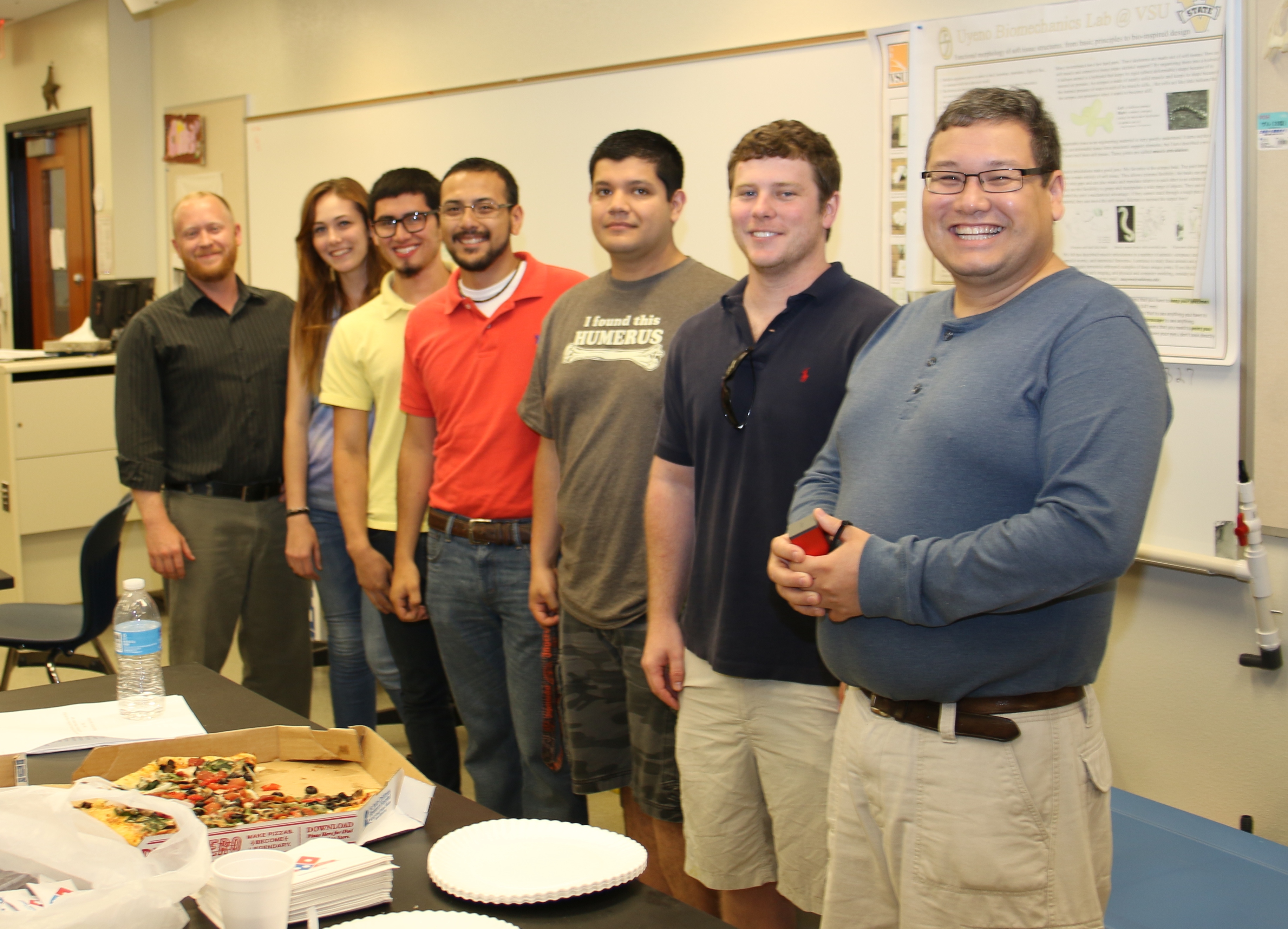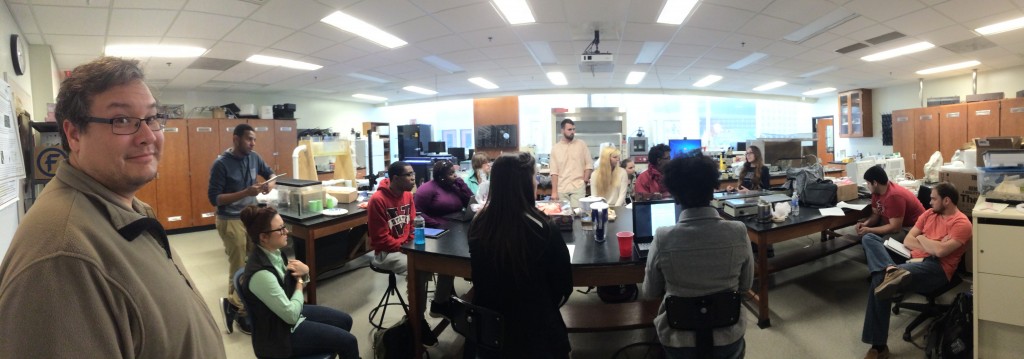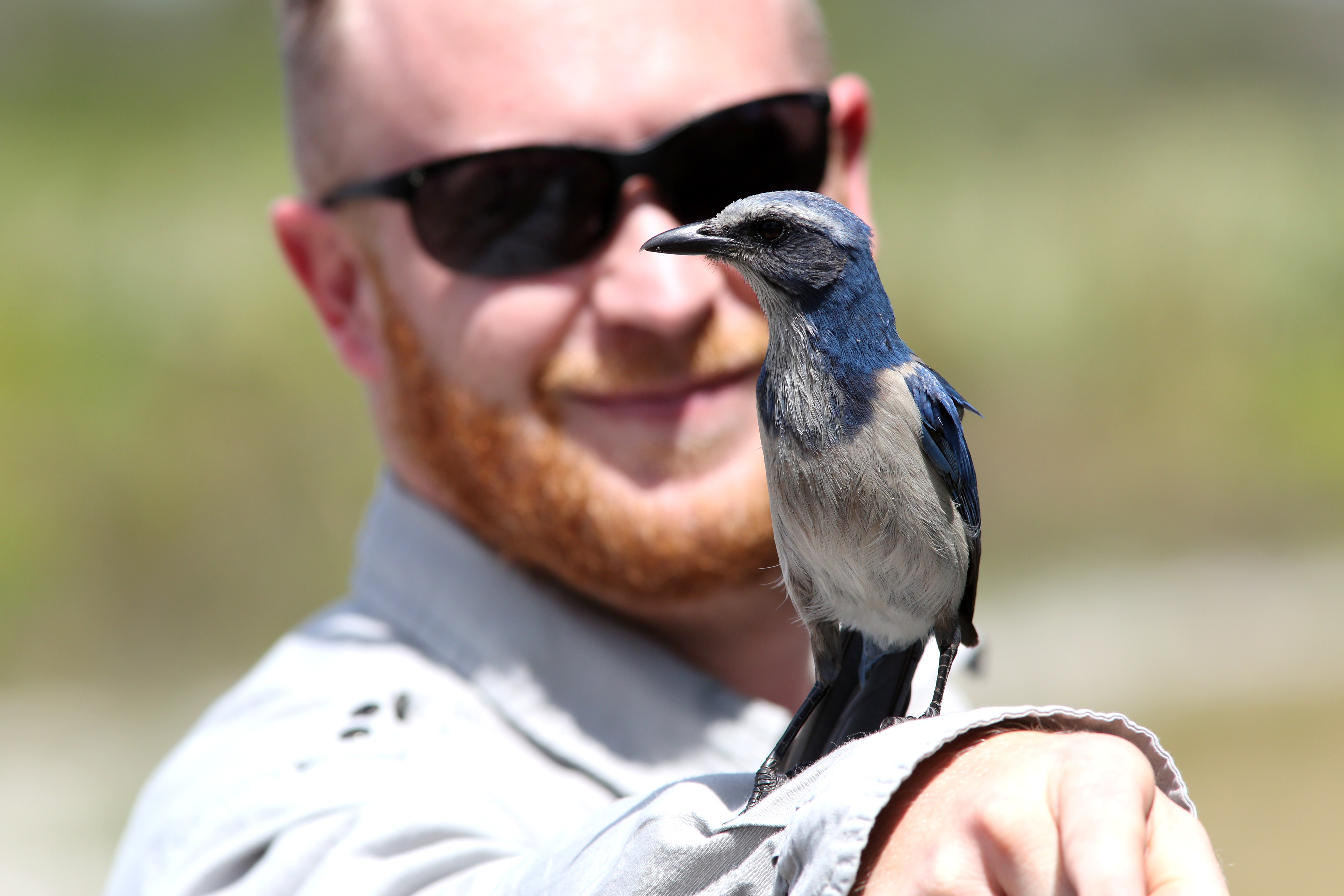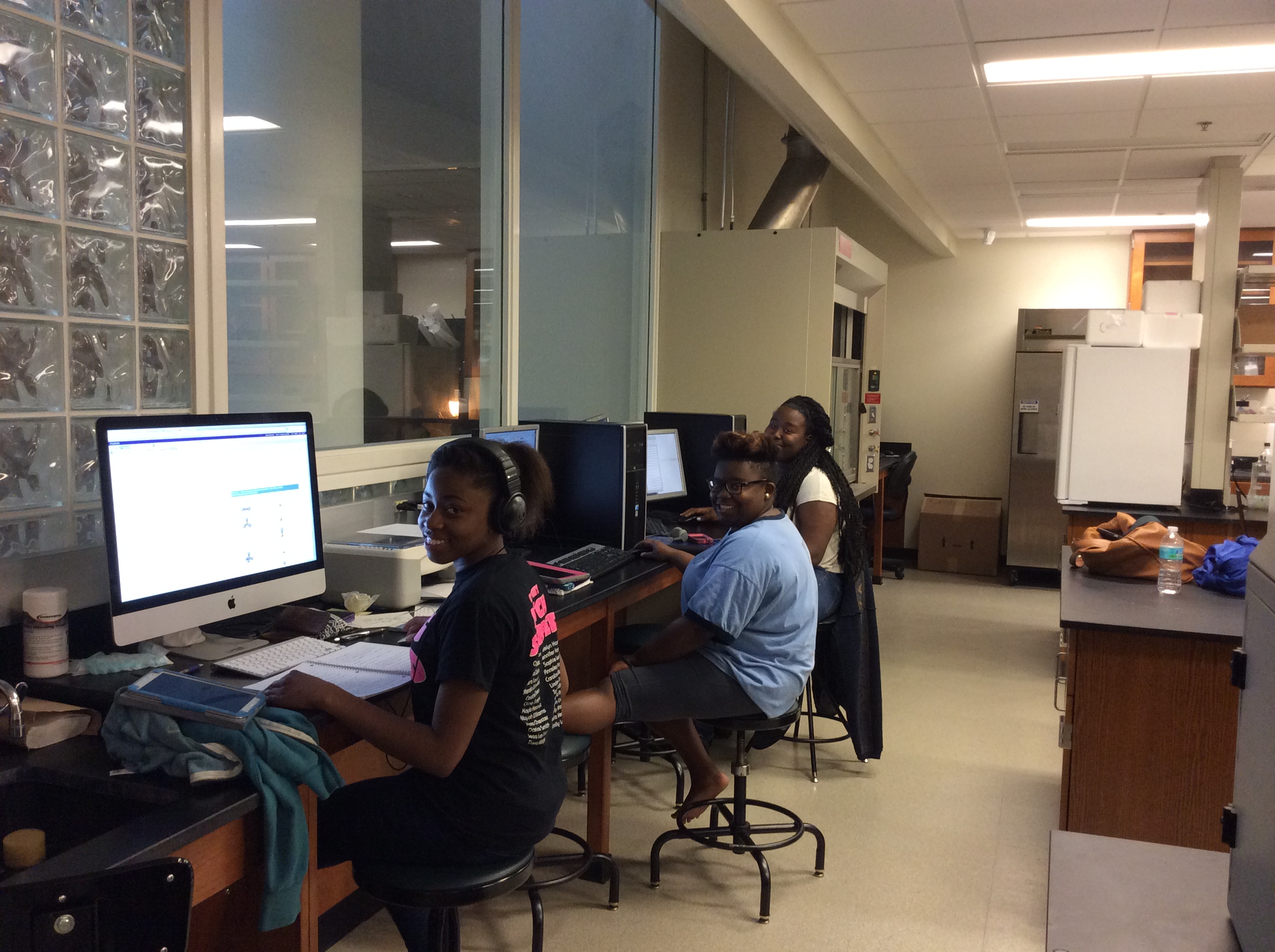
The Man in Charge: Dr. Joshua S. Reece
I have three primary research foci. The first builds on my MS and dissertation work and examines population genetics and phylogenetics of marine vertebrates, including sea turtles and tropical moray eels. The second is a continuation of my first postdoctoral fellowship and uses phylogenetic information to understand the evolution of morphological traits, including functional traits. The third focus is ongoing from my second postdoctoral fellowship and includes studies of the ecological impacts of climate change and sea-level rise in the southeastern United States, including approaches such as vulnerability assessments and environmental niche modeling.
Undergraduates & Current Projects:
Erika Schumacher & Arturo Sanchez
Erika and Arturo are working together to investigate a method of PCR-based sex determination for North America’s most endangered bird, the Florida Grasshopper Sparrow. Florida Grasshopper Sparrows are not sexually dimorphic (meaning that you cannot tell the difference between a male and a female just by looking at them), so we are interested in determining an easier method of sex determination that could identify the sex ratio within the population and potentially retain this unique species.
Ashilee Thomas

Ashilee is investigating the phylogenetic pattern to the evolution of diadromy (moving between freshwater and saltwater systems) in anguillid eels. Her research involves gathering data on the life history of various species of eels, cross-referencing that database with published phylogenies, combining those phylogenies (like tree grafting), and using programs like R and Mesquite to identify the placement, rate, and directionality of transitions.
Lauren Sparks-Hoskins

Lauren is investigating the evolution of disruptive coloration in moray eels. Disruptive coloration refers to a pattern of pigment that makes it difficult for predators (or prey) to identify the outline of body. She has designed a study that uses student surveys to identify the degree of disruptive coloration for over 40 different species of eels. Our next step will be to map levels of disruptive coloration onto the phylogenetic tree of moray eels. We are investigating the biogeographic pattern, rate and direction of evolution, and the pattern of transitions in disruptive coloration patterns.
Qiana Sweet & Brianna Shepherd
Qiana and Brianna are working together to investigate the patterns of loggerhead sea turtle nesting along Georgia’s coast, and their historical responses to climate change and sea-level rise. We are interested in identifying how sea turtles have responded to three interacting factors: the presence of humans and human infrastructure on beaches, a trend towards warmer ambient air temperatures, and rising sea-levels.





Leave a Reply
You must be logged in to post a comment.